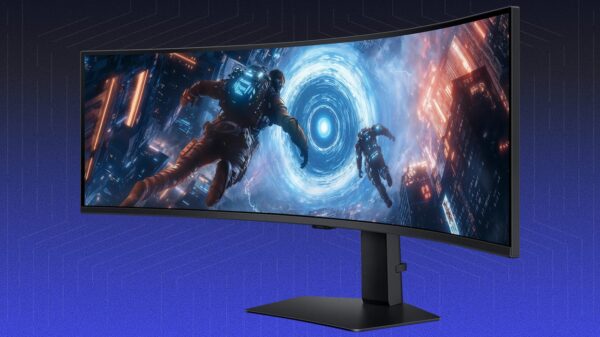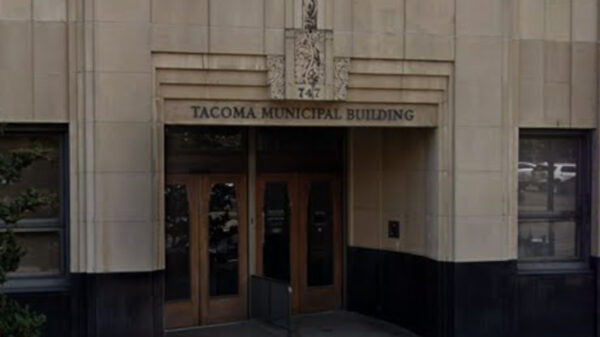Urgent Update: New insights reveal that rookie web designers are making critical SEO missteps that could jeopardize their websites’ success. These blunders, if not addressed immediately, can lead to lost visibility and potential customers.
Many novice designers are focusing solely on aesthetics—colors, fonts, and layouts—while neglecting essential SEO practices. A visually stunning website that cannot be found on Google is akin to a vibrant store hidden away in a back alley. If you’re in web design, it’s time to act.
Latest findings show that one of the biggest mistakes is failing to optimize page load times. New designers often build sites with oversized images and uncompressed videos, which slow down loading speeds. Google prioritizes site speed in its algorithm, meaning a sluggish site can frustrate users and damage rankings. To combat this, designers should utilize tools like Squoosh or TinyPNG for image compression and streamline CSS.
Another common error is neglecting URL optimization. Many rookie designers allow their content management systems to generate default URLs, which fail to communicate the page’s topic to search engines. Instead, they should create SEO-friendly URLs that are clean and keyword-rich, enhancing both indexing and user engagement.
Additionally, the importance of meta titles and descriptions cannot be overstated. Junior designers frequently miss filling these out or resort to auto-generated options. It’s crucial to include page-specific, keyword-rich meta titles (ideally under 60 characters) and descriptions (limited to 160 characters) to improve user experience and SEO.
Misusing header tags is yet another pitfall. Novice designers often confuse header hierarchy, using multiple H1 tags or employing headers solely for styling. This approach confuses search engines and diminishes the semantic value of the content. A single H1 per page with a primary keyword is essential, along with maintaining a consistent hierarchy with other headers.
Moreover, designers must ensure their websites are mobile-optimized. With Google employing mobile-first indexing, the mobile version of a site is critical for ranking. Unoptimized mobile sites frustrate users and negatively impact rankings. Implementing a responsive design, testing usability with Google’s Mobile-Friendly Test, and ensuring adequate touch targets are vital steps in this process.
Web design extends beyond mere aesthetics. A visually appealing site that lacks SEO optimization is practically useless. It is imperative for new web designers to grasp SEO basics to craft successful websites. While they can acquire SEO skills on the job, entrusting this responsibility to inexperienced designers could be detrimental.
Hiring a professional web design company that offers SEO services can provide the necessary expertise to avoid these common pitfalls. By steering clear of these five SEO mistakes, designers can significantly enhance their site’s potential to rank higher, attract more traffic, and convert visitors into customers.
Stay informed and ensure your website is not just beautiful but also functional and discoverable. For more insights and updates, follow Alexia at Research Snipers. Don’t let your hard work go unnoticed—act now!








































































